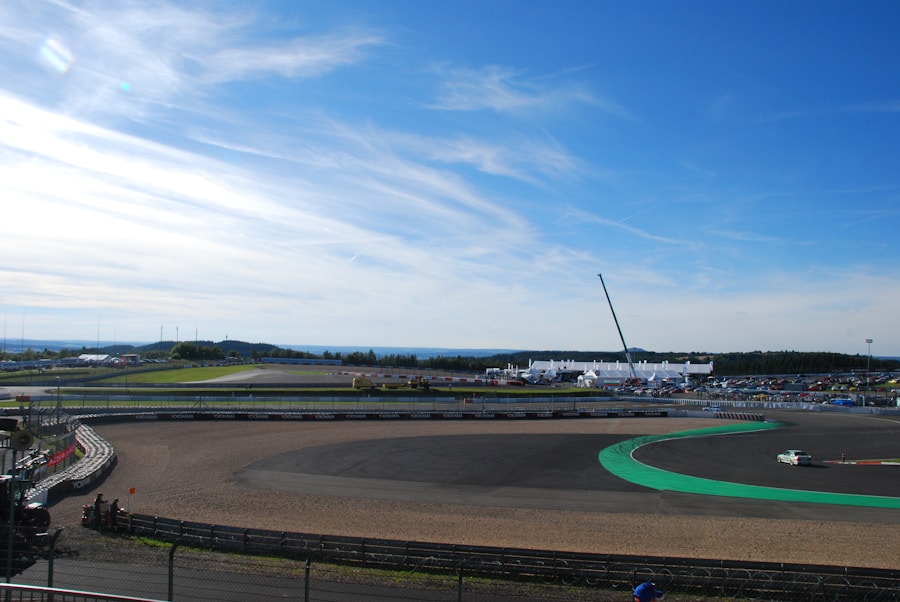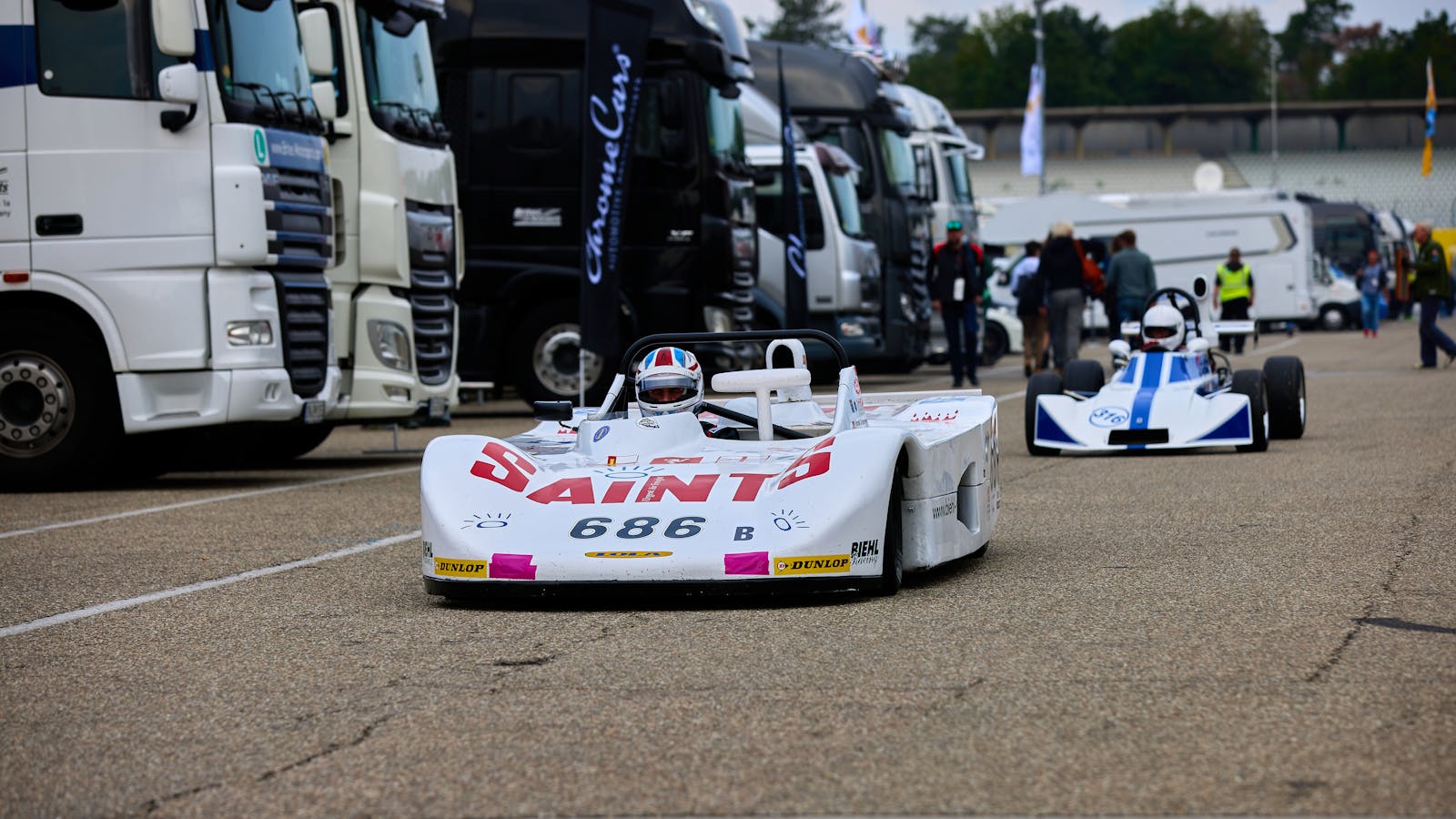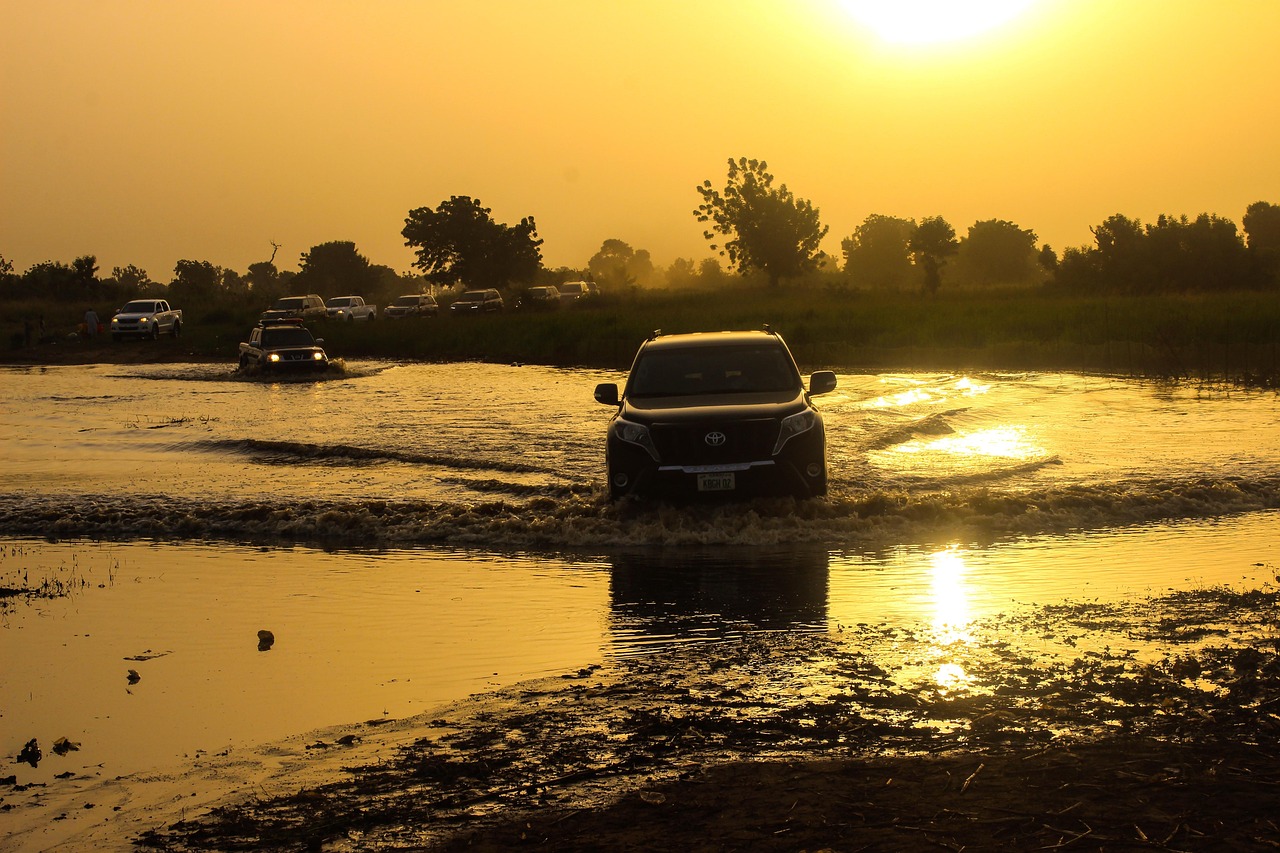The origins of racetracks can be traced back to ancient civilizations, where chariot racing was a popular spectacle. The Greeks and Romans held grand events in arenas like the Circus Maximus, where charioteers would compete for glory and riches. These early races were not merely about speed; they were steeped in cultural significance, often tied to religious festivals and public celebrations.
Chariot racing required not only speed but also skillful maneuvering, as drivers navigated their horses through tight turns and fierce competition. The excitement of these races laid the groundwork for the evolution of motorsport, as the thrill of competition captured the imagination of spectators. As time progressed, the advent of the automobile in the late 19th century marked a pivotal shift in racing history.
The first organized automobile race took place in 1895 from Paris to Bordeaux, showcasing the potential of motorized vehicles. This event sparked a surge of interest in racing, leading to the establishment of dedicated racetracks. The early 20th century saw the construction of iconic tracks such as Brooklands in England and the Indianapolis Motor Speedway in the United States.
These venues became the birthplace of modern motorsport, hosting events that would evolve into the high-octane spectacles we know today. The transition from horse-drawn chariots to high-speed cars represented not just a technological advancement but also a cultural shift, as racing became a symbol of progress and innovation.
Key Takeaways
- Racetracks have a long history, from ancient chariot races to modern Formula 1, showcasing the evolution of motorsport.
- Famous racetracks like Monaco and Indianapolis have become iconic symbols of speed and competition, attracting fans from around the world.
- The design of racetracks is a science, with engineers and architects working to create layouts that maximize performance and safety for drivers.
- The intense rivalries and drama on the racetrack add to the thrill of competition, making motorsport a captivating spectator sport.
- Experiencing the speed and G-force of a racetrack is an adrenaline rush like no other, giving drivers and fans a unique and exhilarating experience.
The Most Famous Racetracks Around the World: From Monaco to Indianapolis
The Glamour of Monaco
The Monaco Grand Prix is not just a race; it is an event steeped in glamour and history, attracting celebrities and motorsport enthusiasts alike. The combination of speed and luxury epitomizes the allure of racing, as drivers navigate through tight corners with the Mediterranean Sea as a backdrop.
The Legendary Indy 500
On the other side of the Atlantic lies the Indianapolis Motor Speedway, home to the iconic Indy 500. This iconic oval track has been a staple of American motorsport since its opening in 1909. With a length of 2.5 miles, it is one of the most famous racetracks in the world, known for its high speeds and thrilling overtakes.
Racetracks as Cultural Landmarks
The atmosphere during race day is electric, with traditions such as the singing of “Back Home Again in Indiana” and the iconic milk celebration for the winner. The history and significance of these tracks highlight how racetracks have become cultural landmarks, representing not just speed but also community and tradition.
The Science of Speed: How Racetracks Are Designed for Maximum Performance

The design of a racetrack is a complex interplay of engineering principles and performance optimization. Every curve, straightaway, and elevation change is meticulously planned to enhance both driver experience and vehicle performance. For instance, tracks like Spa-Francorchamps in Belgium are celebrated for their challenging layout that tests a driver’s skill while allowing for high-speed racing.
The combination of long straights and tight corners requires precise handling and strategic overtaking opportunities, making it a favorite among drivers. Moreover, modern racetracks incorporate advanced technology in their design process. Computer simulations and wind tunnel testing are utilized to analyze how vehicles interact with track surfaces at various speeds.
This data informs decisions about track surface materials, camber angles, and banking on turns. For example, Daytona International Speedway features a unique tri-oval design that allows for high-speed racing while minimizing the risk of accidents during close-quarters competition. The science behind track design not only enhances performance but also contributes to safety measures that protect drivers during high-stakes races.
The Thrill of Competition: The Intense Rivalries and Drama on the Racetrack
| Race | Location | Winner | Fastest Lap Time |
|---|---|---|---|
| Monaco Grand Prix | Monte Carlo, Monaco | Lewis Hamilton | 1:14.260 |
| Indianapolis 500 | Indianapolis, USA | Takuma Sato | 2:35.063 |
| 24 Hours of Le Mans | Le Mans, France | Toyota Gazoo Racing | 3:17.297 |
Racing is not just about speed; it is also about competition and rivalry that can ignite passions among fans and drivers alike. Iconic rivalries have defined eras in motorsport history, such as the fierce competition between Ayrton Senna and Alain Prost during the late 1980s and early 1990s. Their contrasting driving styles and personalities created a narrative that captivated audiences worldwide.
Each race was not merely a contest of speed but a dramatic showdown that unfolded on the track, with moments of triumph and heartbreak that would be etched into racing lore. The drama on racetracks extends beyond individual rivalries; it encompasses team dynamics, strategic decisions, and unexpected twists that can alter the course of a race. For instance, during the 2007 Formula 1 season, the rivalry between Lewis Hamilton and Fernando Alonso within McLaren created tension that reverberated throughout the paddock.
Their battle for supremacy not only showcased their driving prowess but also highlighted how internal team politics can influence outcomes on race day. Such narratives add layers to the sport, transforming races into epic sagas filled with tension, excitement, and unpredictability.
The Adrenaline Rush: What It’s Like to Experience the Speed and G-Force of a Racetrack
Experiencing a racetrack from behind the wheel is an exhilarating journey into a world where speed reigns supreme. Drivers often describe the sensation of acceleration as an adrenaline rush unlike any other; it’s a visceral experience that engages all senses. As they navigate tight corners at breakneck speeds, they encounter G-forces that push them into their seats, creating an intense physical sensation that demands focus and precision.
The thrill of overtaking rivals or defending position adds to this rush, as every decision can lead to victory or disaster. For spectators, witnessing this spectacle from the stands or through live broadcasts offers its own form of excitement. The roar of engines, the smell of burning rubber, and the sight of cars hurtling past at incredible speeds create an atmosphere charged with energy.
Fans often feel their hearts race alongside the drivers as they watch high-speed battles unfold on screen or in person. This shared experience fosters a deep connection between fans and drivers, as both groups revel in the thrill that only motorsport can provide.
The Technology Behind Racing: From High-Performance Engines to Advanced Aerodynamics
Powering Performance
Formula 1 engines are marvels of engineering, utilizing hybrid technology that combines internal combustion with electric power to maximize performance while adhering to strict regulations regarding fuel efficiency.
Aerodynamic Advancements
Aerodynamics plays an equally crucial role in racing technology. Engineers meticulously design car shapes to minimize drag while maximizing downforce—essential for maintaining grip at high speeds. Innovations such as active aerodynamics allow teams to adjust wing configurations on-the-fly during races, optimizing performance based on track conditions.
Groundbreaking Innovations
The introduction of technologies like ground effect aerodynamics has revolutionized how cars interact with racetracks, enabling them to corner at unprecedented speeds while maintaining stability.
The Dangers of the Racetrack: The Risks and Safety Measures in Motorsport
While racing offers thrilling experiences, it is inherently fraught with danger. High speeds combined with close competition create an environment where accidents can occur in an instant. Over the years, motorsport has witnessed tragic incidents that have underscored the risks involved—most notably the deaths of legendary drivers like Ayrton Senna and Dale Earnhardt.
These events prompted significant changes in safety protocols across all levels of racing. In response to these dangers, organizations have implemented rigorous safety measures designed to protect drivers and spectators alike. Modern racetracks are equipped with advanced safety barriers designed to absorb impact during collisions, while innovations like halo devices provide additional head protection for drivers during crashes.
Furthermore, extensive medical facilities are now standard at racetracks to ensure rapid response in emergencies. These advancements reflect a commitment to prioritizing safety without compromising the thrill that defines motorsport.
The Future of Racetracks: How Technology and Innovation Are Shaping the Racing Industry
As technology continues to evolve at an unprecedented pace, so too does the landscape of racetracks and motorsport as a whole. Electric vehicles are making their mark on racing circuits worldwide, with series like Formula E showcasing how sustainable technology can coexist with high-performance racing. These developments not only appeal to environmentally conscious fans but also push manufacturers to innovate further in electric vehicle technology.
Moreover, advancements in virtual reality (VR) and augmented reality (AR) are set to transform how fans engage with motorsport. Imagine experiencing a race from a driver’s perspective through VR headsets or using AR applications to gain real-time insights into vehicle performance during live events. These technologies promise to enhance fan engagement while providing new avenues for teams to analyze data and improve performance on track.
The future holds exciting possibilities for racetracks as they adapt to changing technologies and fan expectations. As motorsport continues to evolve, it will undoubtedly remain a thrilling spectacle that captivates audiences around the globe while pushing the boundaries of innovation and performance.
If you’re interested in luxury garages and high-end automotive amenities, you may want to check out this article about luxury condo garages here. This article discusses the features and benefits of luxury condo garages, which can be a great option for car enthusiasts or collectors. With state-of-the-art facilities and top-notch security, luxury condo garages offer a unique and upscale storage solution for your vehicles.








Leave a Reply